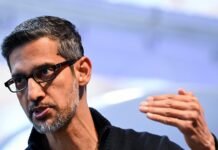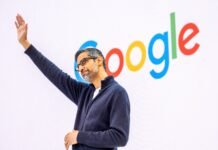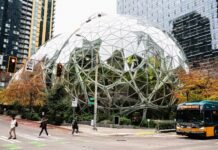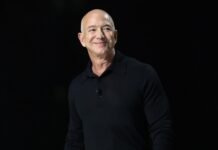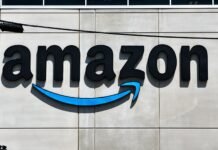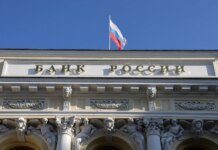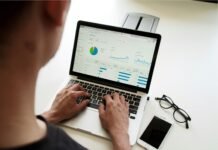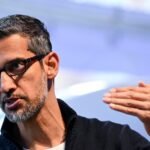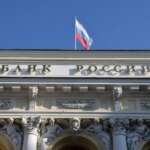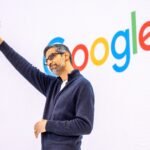
Google Ads is one of the most powerful and influential advertising platforms in the world that has changed the way companies reach their customers with amazing accuracy. However, the landscape changes every year, and 2025 is not an exception. As a result of evolving automation, increasing competition, and shifting user behavior, companies need a more strategic and refined approach to be able to stay ahead of the competition.
Simply bidding on keywords and hoping for conversions is no longer the way of Google Ads; instead, it is about using intelligent systems, creating meaningful creative, and knowing how to align campaigns with user intent across devices and platforms.
In order to grow their businesses in 2025, companies must be willing to deal with new tools, smarter algorithms, and a consumer base with higher expectations. Advertisers have to maintain the human element of creativity while embracing the machine insights when Google introduces more AI in its ad ecosystem. The brands that go on to win are those that not only understand how to modify their tactics but also anticipate the moves.
Understanding Google’s Shift Toward Automation and AI
Automation has been integrated into Google Ads over several years, but it became the main driving factor in 2025. Most of these things are now standard: Smart Bidding, Performance Max, automatically generated assets, demand-based optimization signals. In a fraction of a second, Google’s AI can identify user behavior patterns, check for intent signals, and modify the bid. It upgrades its knowledge much quicker than a human strategist would.
Such a change is indicative of the advertisers’ position whose role is now becoming different. Rather than spending time in bidding pits and constantly following the changes of bids, they now concentrate on giving the algorithm good quality data. The new ways to success have become first-party data, accurate conversion tracking, granular audience segmentation, and quality creative input. Google will do the difficult work but only if advertisers provide the right raw materials.
Creating High-Quality Creative Assets That Stand Out
Once automation takes over the bidding and optimization processes, creative is what really sets you apart. There are more competitors online, so bad ads can’t just get away with it anymore. Google’s Performance Max campaigns are very dependent on the creative assets that brands provide such as visuals, headlines, descriptions, videos, and value propositions. The system then tests combinations to find out which messages meet the needs of which particular audiences.
By 2025, people scrolling through their feeds do it even faster, they decide very quickly, and they get rid of ads that are not relevant in a matter of seconds. Therefore creative has to be purposeful. It should address customer’s pain points, wants, results, and being relevant to them. Top-notch creative is no longer just an option it is the basis of campaign success.
Adapting to Changes in Search Behavior
Search behavior is still changing as users become more dependent on voice search, conversational queries, and AI-generated answers. Queries are getting longer, more natural, and more specific. It is quite rare in 2025 that users search in full sentences or directly ask questions to AI assistants instead of typing traditional keywords.
The change implies that advertisers need to adjust their keyword strategies to conversational search. Long-tail keywords, question-based queries, and natural-language phrasing are critical to a much greater extent than before. Campaigns that use only short, generic keywords are missing a huge share of the search traffic.
Improving Landing Page and Conversion Experience
Optimizing Google Ads campaigns now requires a holistic approach that extends beyond the ad click. In 2025, user expectations for fast, seamless, mobile-first experiences are higher than ever. Even the best campaign will fail if the landing page loads slowly, overwhelms users, or feels outdated.
Page experience has become a major factor in both Quality Score and conversion rates. Brands must ensure that their landing pages offer:
• Fast load times
• Clear value propositions
• Strong storytelling
• Minimal friction
• Visual clarity and accessibility
Google’s AI evaluates not only the ad itself but the entire user journey. Companies that invest in conversion rate optimization (CRO) see stronger returns from their ad spend.
The Midpoint: When Companies Need Strategic Support
As businesses grow their Google Ads spend, they reach a crucial midpoint. Basic optimizations are no longer enough. They need deeper insight, more creative sophistication, and a strategic understanding of Google’s evolving landscape. Many discover that internal resources are limited, and that competing in 2025 requires advanced expertise.
This is often the stage where companies begin searching for partners, advanced tools, or dedicated specialists capable of navigating the new world of automation, creative optimization, and cross-channel synergy. It’s in this transitional phase that many businesses turn their attention toward support from experienced digital partners sometimes discovering the guidance offered by Lead Ember to strengthen their Google Ads foundation and unlock scalable performance.
This shift marks the turning point from running campaigns to building long-term paid acquisition systems designed for predictable, sustained growth.
Integrating Google Ads With Multichannel Strategies
Google Ads performs best when it sits inside a broader digital ecosystem. In 2025, companies understand that customers rarely convert after seeing a single ad. They interact across multiple touchpoints search, video, social media, email, organic content, and remarketing ads.
To maximize impact, campaigns must integrate with:
• Brand awareness efforts
• Content marketing
• Social media outreach
• Email nurturing
• Retargeting sequences
• CRM workflows
This orchestration ensures that when users search, they recognize the brand. When they see remarketing ads, the message feels familiar. When they land on the website, the offer feels relevant. Google Ads becomes a core engine that works alongside every other channel rather than operating in isolation.
Conclusion
Advertising on Google in 2025 is still a very lively thing. The competition is harsher as a result of more intelligent tools, and users have higher expectations than before. Companies that want to keep their position have to change their mindset to one of continuous improvement using a mix of data, creativity, automation, and an adaptive strategy.
Optimization has gone beyond such things as bids or keywords. It now involves shaping experiences, refining messaging, using data, and understanding user behavior more deeply. When brands accept these facts and organize their campaigns accordingly, Google Ads is one of the most potent engines for long-term growth.






